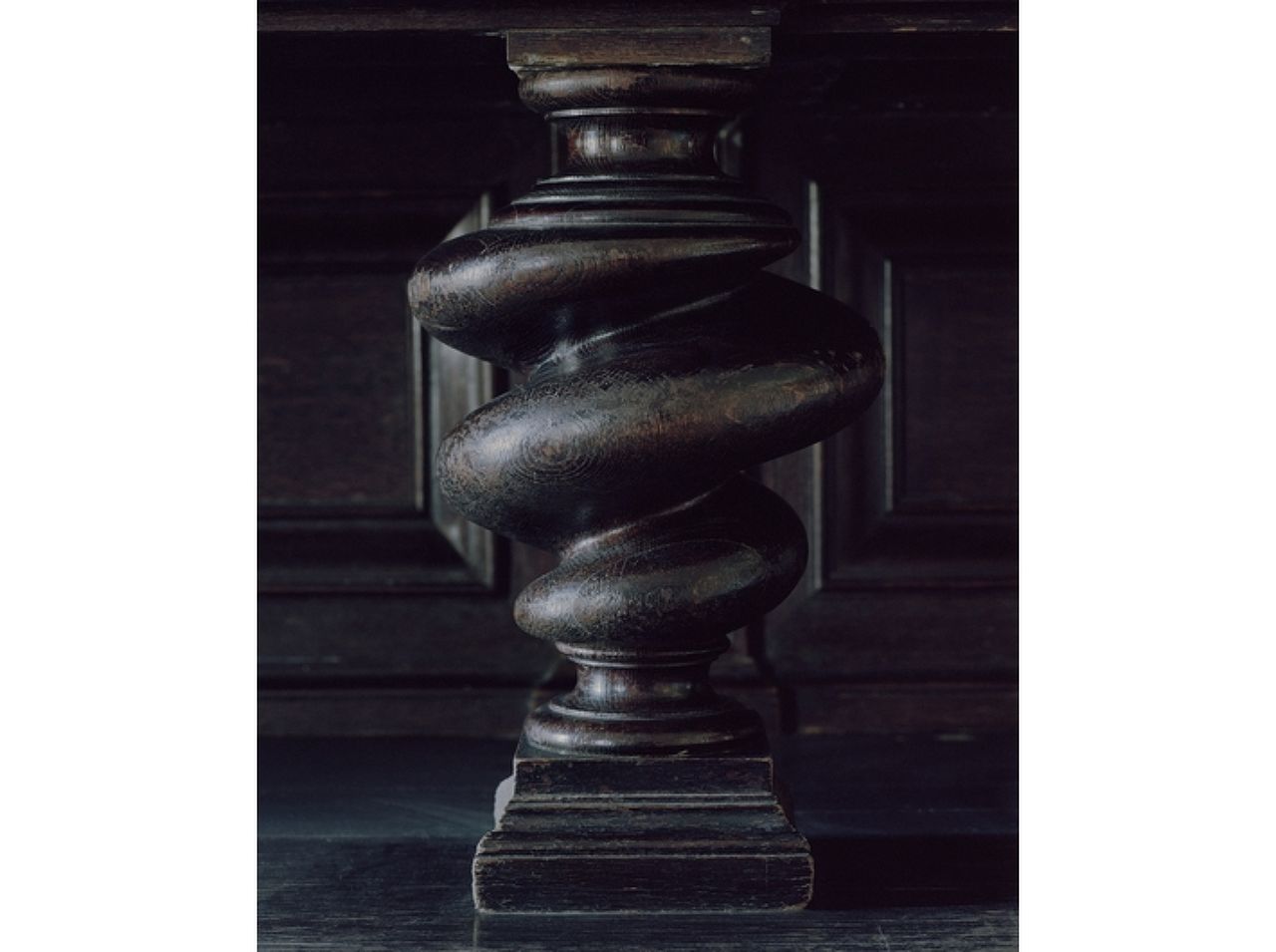Pompier, Muck, Socrococo // Anna Orłowska // MOCAK

In the aftermath of World War II, Poland’s castles and palaces were compulsorily nationalised. The process of adapting the buildings to new functions followed swiftly. The landed owner was replaced by the tenant and the user, but a fascination with la vie de château lingered in awkward contradiction with the ideology that now undermined the raison d’être of the palaces and contributed to their degradation. The new nation-state appropriated the symbolic dimension of the palace to bolster its prestige. Postwar architectural styles were rife with such contradictions. Modernity and ‘progress’ conflicted with a penchant for historical quotation, and the push to erect monumental buildings projecting the ‘greatness of the era’ did little to serve the interests of the proletariat. The creation myth of socialist realism had elements of a fairy tale, as in the case of the construction of Nowa Huta, the model socialist district oriented around the Lenin Steelworks: a utopian ‘happy city for a happy future’, rising along the fertile banks of the Vistula River on the outskirts of Krakow. Train your magnifying glass on Nowa Huta – and the complex myths and ideological fantasies of the era become instantly apparent.
Artist Anna Orłowska, whose most recent project, Futerał [The Case], explored the strange afterlives of postwar Polish palaces, chose the Lenin Steelworks’ fortress-like administrative centre, popularly known as the ‘Doge’s Palace’, as the starting point for her exhibition. The ‘Palace’ (an epithet spontaneously given to the complex by local residents) evokes visions of a fabled past, but it also applies to the contemporary renown of this singular district. Nowa Huta has attained legendary status, becoming a tourist destination and pilgrimage site for foreign admirers of communist exotica. In addition to photographing the ‘Doge’s Palace’, Orłowska took shots of the nineteenth-century manor house of painter Jan Matejko, located just a kilometre away. The physical proximity of these two buildings, constructed in eras so apparently mutually antithetical, became a point of departure for reflections on the intellectual and formal affinities between the art of Matejko – the greatest of Polish pompiers – and socialist realism.
Anna Orłowska’s project was realised specifically for Krakow Photomonth 2019. Since 2017, the festival team has each year selected an artist to examine a theme of their choice, with artists encouraged to explore subjects related to Krakow and its environs. The premiere of Pompier, Muck, Socrococo, in the Re Gallery of the MOCAK Museum of Contemporary Art in Krakow, is part of the Main Programme of Photomonth 2019. The most recent projects were Diana Lelonek’s A New Archaeology for Liban and Płaszów(2017) and Michał Łuczak’s Extraction (2018).
The exhibition organised as a part of the Krakow Photomonth 2019 Festival
This event happens in MOCAK